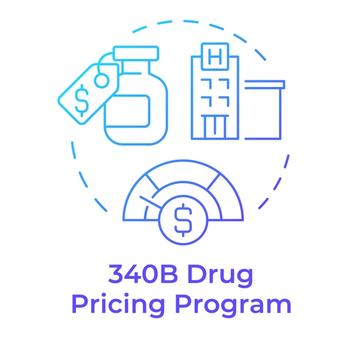
DAD study: Use of protease inhibitors increases risk of myocardial infarction
In a prospective, observational study, exposure to protease inhibitors (PIs) was associated with an increased risk of myocardial infarction (MI). The authors stated that this association is partly explained by dyslipidemia.
Key Points
In a prospective, observational study published in the New England Journal of Medicine (NEJM), exposure to protease inhibitors (PIs) was associated with an increased risk of myocardial infarction (MI). The authors stated that this association is partly explained by dyslipidemia.
In this study, the investigators used data from the Data Collection on Adverse Events of Anti-HIV Drugs (DAD) study, an international collaboration of 11 cohorts of investigators following 23,437 HIV-1–infected patients at 188 clinics in 21 countries in Europe, the United States, and Australia. Patients were enrolled starting in December 1999 and were followed through February 2005 to determine their risk of MI.
A total of 93.6% of patients had been exposed to antiretroviral therapy by the end of follow-up (median exposure, 6.9 y); 79.4% of all patients were exposed to PIs (median exposure, 4.0 y), and 63.7% of all patients were exposed to nonnucleoside reverse-transcriptase inhibitors (NNRTIs) (median exposure, 2.6 y).
Multivariable logistic regression was performed to adjust for demographic characteristics, exposure to other HIV drug classes, and established coronary heart disease (CHD) risk factors (excluding serum lipid levels). After these adjustments, researchers observed that PI exposure was associated with a 16% increase in the risk of MI per year (RR=1.16; 95% CI, 1.10–1.23) compared with a 5% increased risk of MI with NNRTI exposure (1.05; 95% CI, 0.98–1.13). After adjusting for serum lipid levels, the investigators observed that PI exposure was associated with a 10% increased risk of MI (95% CI, 1.04–1.18), but NNRTI exposure was not associated with an increased risk of MI (relative rate per year of exposure=1.00; 95% CI, 0.93–1.09).
The investigators stated that PIs have been demonstrated to increase levels of total cholesterol and low-density lipoprotein (LDL) cholesterol more so than NNRTIs, which are known to markedly increase levels of high-density lipoprotein (HDL) cholesterol. However, the authors stated that drug-induced lipid changes cannot fully explain the increased risk of MI demonstrated in this study; therefore, "the full mechanism by which protease inhibitors may lead to increased rates of myocardial infarction remains to be elucidated."
Current HIV treatment guidelines for patients with an increased risk of CHD recommend switching from PIs to agents with less propensity for increasing CHD risk factors including NNRTIs or atazanavir-based regimens.
In a related editorial, James H. Stein, MD, stated that the results of this study are "informative," but that the increased cardiovascular risk with PI use is "not high, especially as compared with the effect of other cardiovascular risk factors."
Dr Stein stated that: "There does not appear to be an epidemic on the horizon-simply a risk that needs to be managed."
SOURCES
The Data Collection on Adverse Events of Anti-HIV Drugs (DAD) Study Group. Class of antiretroviral drugs and the risk of myocardial infarction. N Engl J Med. 2007;356:1723–1735.
DHHS Panel on Antiretroviral Guidelines for Adults and Adolescents-A Working Group of the Office of AIDS Research Advisory Council (OARAC). Guidelines for the use of antiretroviral agents in HIV-1-infected adults and adolescents. AIDSinfo website. http://
Newsletter
Get the latest industry news, event updates, and more from Managed healthcare Executive.





















































